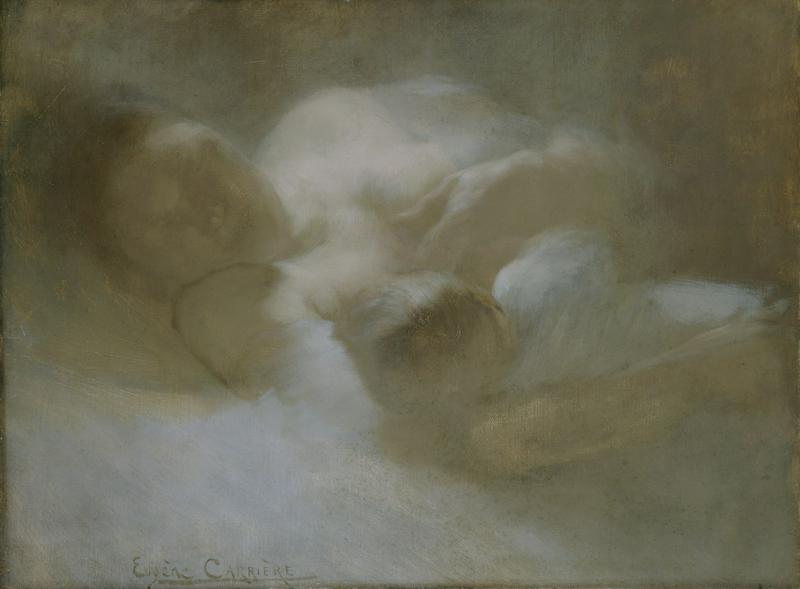The Reality of Childbirth in the 1800s
By | December 13, 2018

In the 1800s childbirth was agonizing and perilous. There were no anesthetics with the exception of opium, which was rarely used. At the time, it was accepted that women were supposed to suffer during childbirth as the Bible states; it was the price women were to pay for the original sin.

Most women gave birth at home during the 1800s, usually with the help of family and friends. Some women practiced as midwives, however, they did not have any formal training. Doctors were a last resort when there was a concern that the mother might die, but many times the doctors actually brought more risks than actual help. The danger of infection from a doctor’s assistance was very high. In the 1800s, doctors did not have training in obstetrics.
Women suffered the staggering mortality rate of one in eight when giving birth in the 1880s.
Pregnancy and childbirth have come a long way since the 19th Century. Back in those days, there was very little if any prenatal care. Women were expected to keep up with their daily chores and even field work, if necessary while carrying a baby. It was just something that went with the territory and it was very common for women to be pregnant many times over during their lifetime. The fact remains, however, that as natural a process as it was, it was extremely dangerous for both mother and baby.

Forceps were used as an attempt to save a baby’s life during childbirth but often ended up causing brain damage or the death of the baby.
Some of the biggest risks for women during childbirth were prolonged labor, hemorrhaging and infection. If the infant was breech (feet first) or sideways, the labor would be long, and the danger increased. Mostly unsuccessful, frantic and horribly painful attempts would be made to turn the babies. In cases when the labor would go on for two or more days, the doctor may try to use devices called forceps to pull the baby out, at times crushing it, in an attempt to save the life of the mother.
In the 1800s there was nothing a midwife or doctor could do to stop the bleeding and many women simply bled to death. Infection was another huge risk of giving birth. In the 1800s it was referred to as “Child-bed Fever.” Even what appeared to be a problem-free birth could result in infection, but the odds increased dramatically if there were any complications. Child-bed fever usually set in a few days after birth, and once an infection set in the outcome was almost guaranteed. The actual cause of death was blood poisoning or sepsis.

Childbirth was a time of trial during the 1800s and it wasn’t unusual for both mother and baby to die in the process.
Both women and men approached each birth with caution. Women regularly prepared themselves for death. Childbirth was many times described as a woman’s “time of trial.” Children were usually sent to stay with family as a birth approached so they would not have to witness or hear the birth. The use of pain relief in childbirth started to be used towards the end of the century.

A better understanding of infection and the general belief in principles of a sterile environment for surgery and childbirth helped to reduce infection rates. Towards the end of the century, hospitals became the preferred place to give birth and the mortality rate began dropping.
Childbirth was considered to be the quiet revolution in the 1880s.
Beginning in the late 1870s, there was a noticeable reduction in the number of births per female. A "fertility transition” had occurred which was caused by a change from high levels of natural fertility, to lower levels of “controlled” fertility. There was a cultural shift where more and more couples wanted smaller families and modified their sexual practices since there was not yet any other form of birth control. Another reason for the drop in birth rates was the movement by women to be more independent socially as well as politically equal. Having fewer children were referred to as the “quiet revolution.”

Rural families still had very large families but only out of necessity; children were needed to help on the family farm. By 1900 the (modern) average married woman had only four children– about half the number her mother and grandmother might have had!

